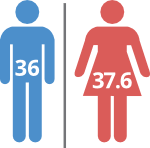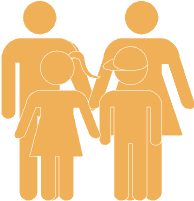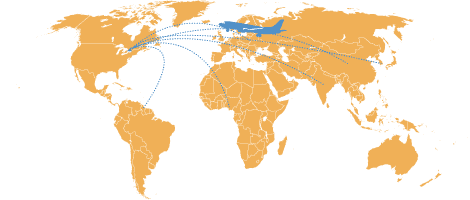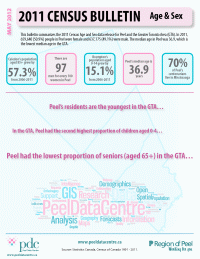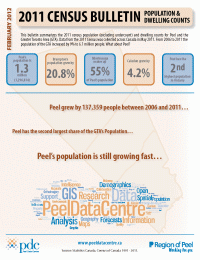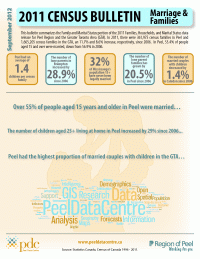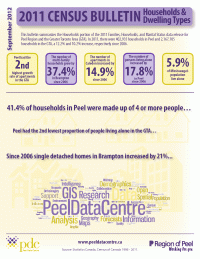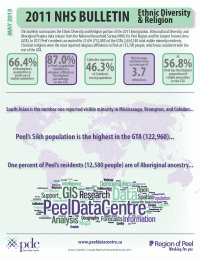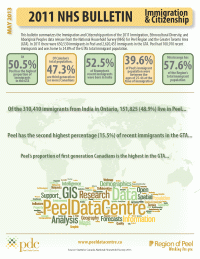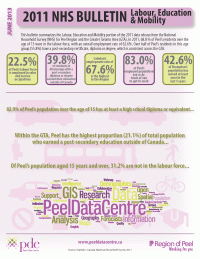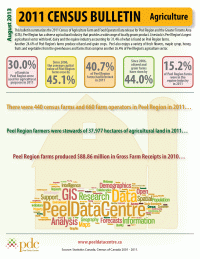Help
Using the Tool
- Select geographies of interest - Locate the Ward(s) you are interested in by using the map to the left. Use the +/- feature to zoom in and out of the map. Select the Ward(s) using the drop down menu above the map. You can select as many geographies as you wish. You can also search for an address or postal code by using the search tool on the map.
- Navigating the site - Once you select the geographies of interest, the data will be automatically refreshed below. Data is organized into categories (Demographics; Education, Employment & Income; Housing; Ethnicity & Immigration; Language). Click on a data category and scroll down to see the data. If you wish to change the geographies at any time, simply scroll up to the dropdown menu and select/delete geographies.
Printing
To print, click the button found near the top of the page (this is not available in mobile viewing). This will take you to a new page with a page that works with letter sized paper. Use the browser's print button or press Ctrl+P to print the pages
When printing in Internet Explorer 8, please follow the instructions that are found in the red box on the print page.
Accessibility
The font sizes can be increased and decreased using your browser. This can be done by pressing Ctrl and + at the same time. The zoom can be set back to normal by pressing Ctrl and the number 0.
Navigating the website using a keyboard only is also possible – use Tab to select different tabs, buttons, and dropdowns and press Enter to select that feature.
If you require information in an alternate format, please call 905-791-7800 ext. 4231. We will work with you to understand your specific information and accessibility needs and to provide for them within a reasonable timeframe.
Information Boxes
Did you know boxes
Information boxes
Warning boxes
Browser Requirements
While every effort was made to support as many browsers as possible, including Internet Explorer 8, some of the features use newer technologies that will not work properly on outdated browsers.
Due to this, we suggest you use one of the following browsers:
- Internet Explorer 9 or higher (version 10 or 11+ will be best) - Internet Explorer site
Note: version 9 and higher will not work on Windows XP, so it is suggested you try Firefox or Chrome.
- Mozilla Firefox - Firefox site
- Google Chrome - Chrome site
Mobile Support
Most newer smartphone and tablet browsers should work. The following have been tested:- Android Browsers (Tablet & Smartphone)
- Apple Safari iOS 5.1+ (iPad/iPhone)
- BlackBerry Browser OS10
- Mozilla Firefox & Google Chrome (Android Tablet & Smartphone)
Credits
Data sources:
- Statistics Canada - 2011 Census and 2011 National Household Survey, custom data order through the Community Data Program
- Region of Peel and the Municipalities of Brampton, Caledon, and Mississauga - Ward Boundaries
The following libraries are used to build the web page:
- Google Charts API
- Bootstrap
- Leaflet
- Font Awesome
 (Geocoding)
(Geocoding)
Although Google's Chart API is used, the application and data is processed in your browser and is not sent to Google.
Please see the Region of Peel's Privacy & Terms of Use page for more information on the Region's policies.
